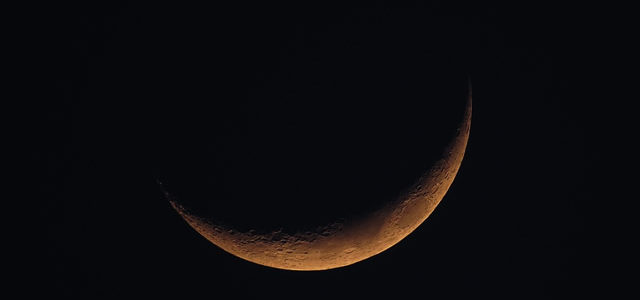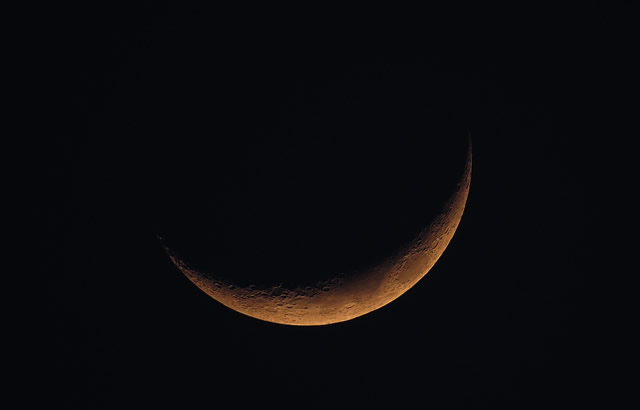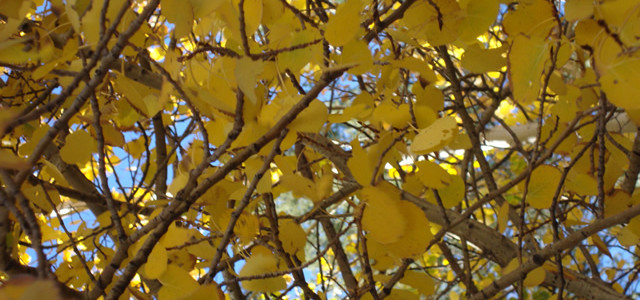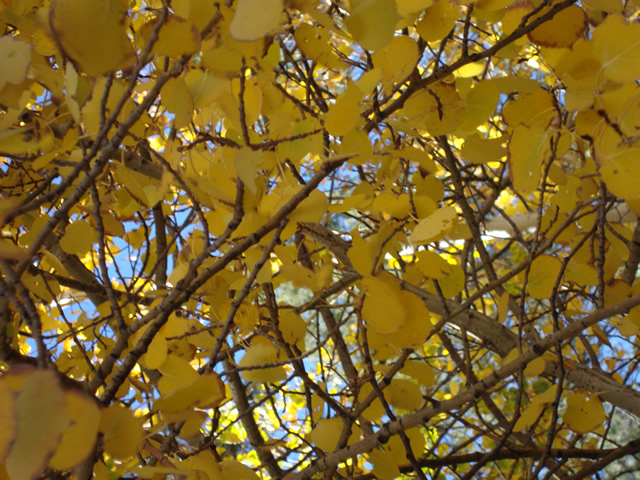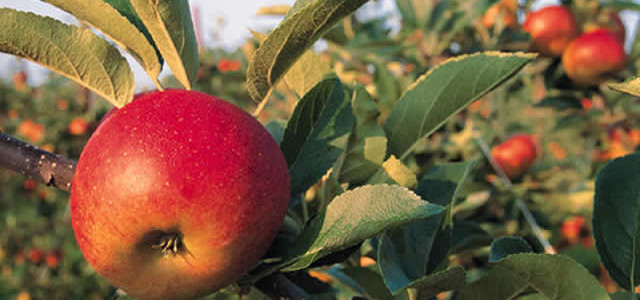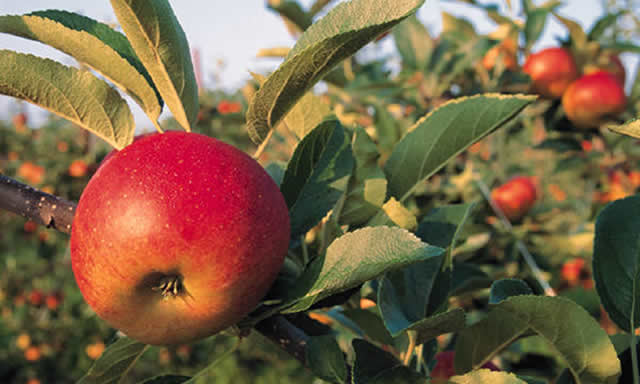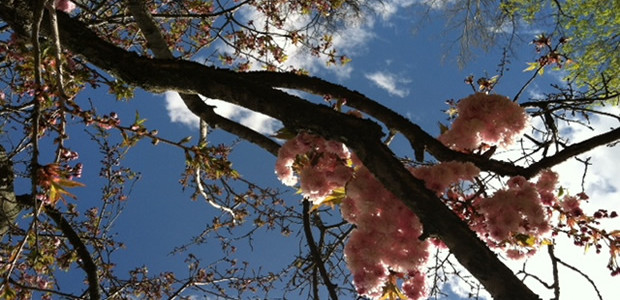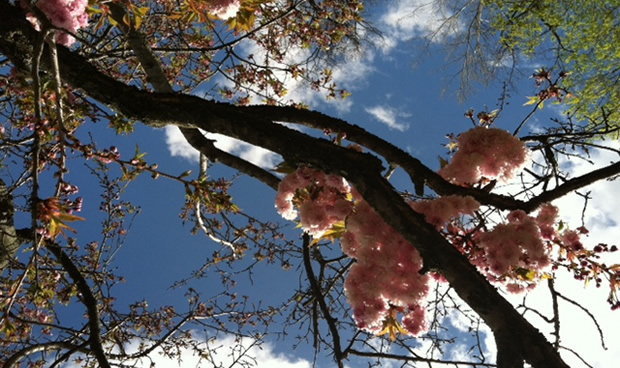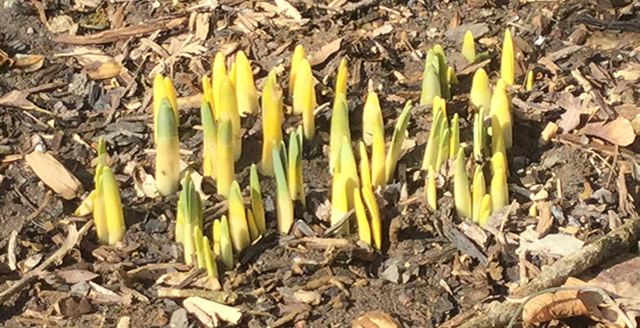
This week the moon arrives at the first quarter phase of her journey to fullness. I love the irony of this phase of the moon – called “first quarter” but appearing to us on earth as a “half-moon.” Since the moon is a sphere, not flat like a disc, we are privileged to see only one-quarter of its daytime side which appears to earthly inhabitants as half of the moon.
About a week ago the moon entered her “new moon” phase, which I spoke of in my last blog as symbolically a time of new beginnings. When I think of the new moon in terms of the planting cycle, I image a shoot beginning to emerge from a seed, making its way toward the light. So, too, in a time of new beginnings our own thoughts and intuitions begin to roil, gradually starting to cohere and emerging as new goals or directions or decisions.
With the first quarter moon the shoot that emerged from a seed just a week earlier, pushing through the soil toward the light, gradually unfurls a few leaves. They may be tentative at first, but grow stronger and larger as they are nourished by light, water and the nutrients of the earth. So too, we may find our own goals and decisions becoming clearer, our steps becoming firmer as they are nourished by our own faith in our direction and the support we may receive from friends, family, a counselor, or mentors.
One of the reasons I love Vedic chant is that so many involve nature. And in these chants, various elements of nature relate to aspects of the human system. For example, fire is identified as supporting speech, air supports breath, the sun support sight, water is connected to creativity, and the moon to the mind.
The Vedic chant laghunyasah is an example of a chant in which elements of nature and their positive relationship to the well-being of the human system is expressed, with a beautiful refrain threaded throughout. The effect is spiritual, almost the feeling of a prayer. A rough translation from Sanskrit of the lines in this chant that speak of the moon and the refrain follow.
May the moon support my mind.
May my mind be linked to my heart.
May my heart be linked to me.
May I be linked to that which is eternal within me.
May what is eternal within me be linked to the universal source.
If you are drawn to these images, you might use this as a mantra (mantra meaning “that which protects”). You might even recite it to yourself aloud several times, then softly, then silently. Just sit, and perhaps hold the image of the moon in your mind for a few minutes. You might even have a picture of the moon there with you.
In your own life, as you find your direction, decisions, and goals beginning to unfurl, perhaps you will find this practice focusing on the moon to be of support.
Below you can listen to these lines chanted in Sanskrit and recited in English:
~

